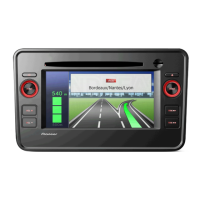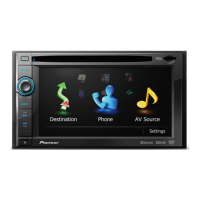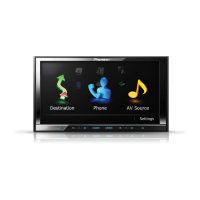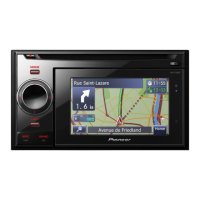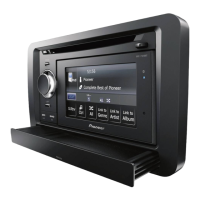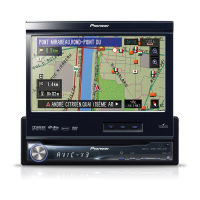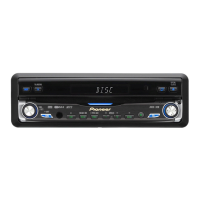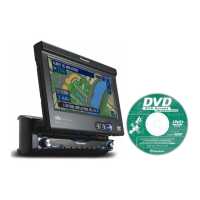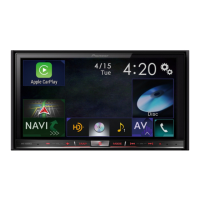What to do if Pioneer AVIC-F9310BT power doesn’t turn on?
- HhopkinsheatherAug 5, 2025
If the Pioneer Car Receiver's power doesn't turn on, first, double-check all the connections to ensure they are correctly connected. If that doesn't work, the fuse might be blown. Find out why the fuse blew and replace it with a fuse that has the same rating. Also, noise could be interfering with the built-in microprocessor. If this is the case, park safely and turn off the engine. Turn the ignition key to off (ACC OFF), then restart the engine and the navigation system.
